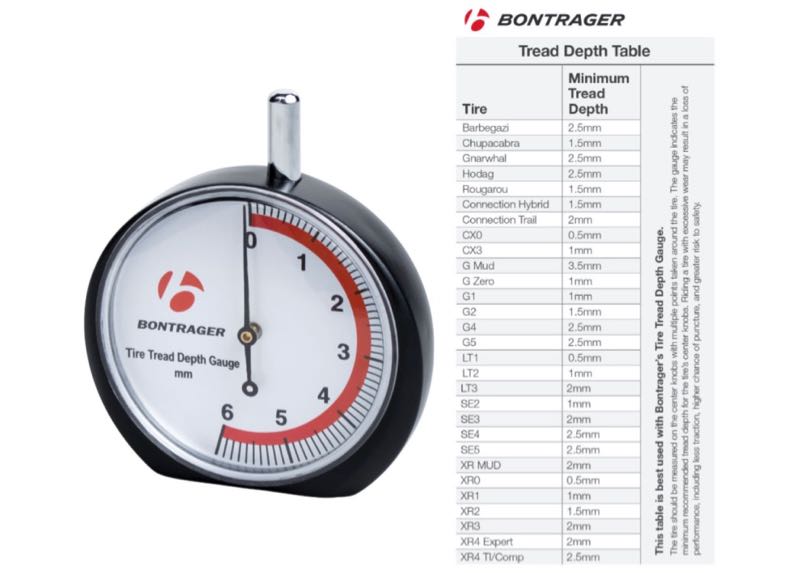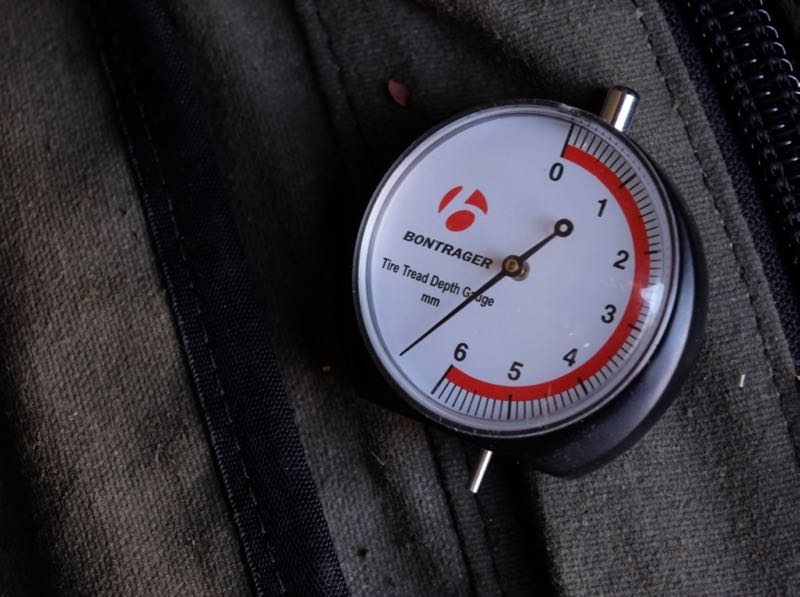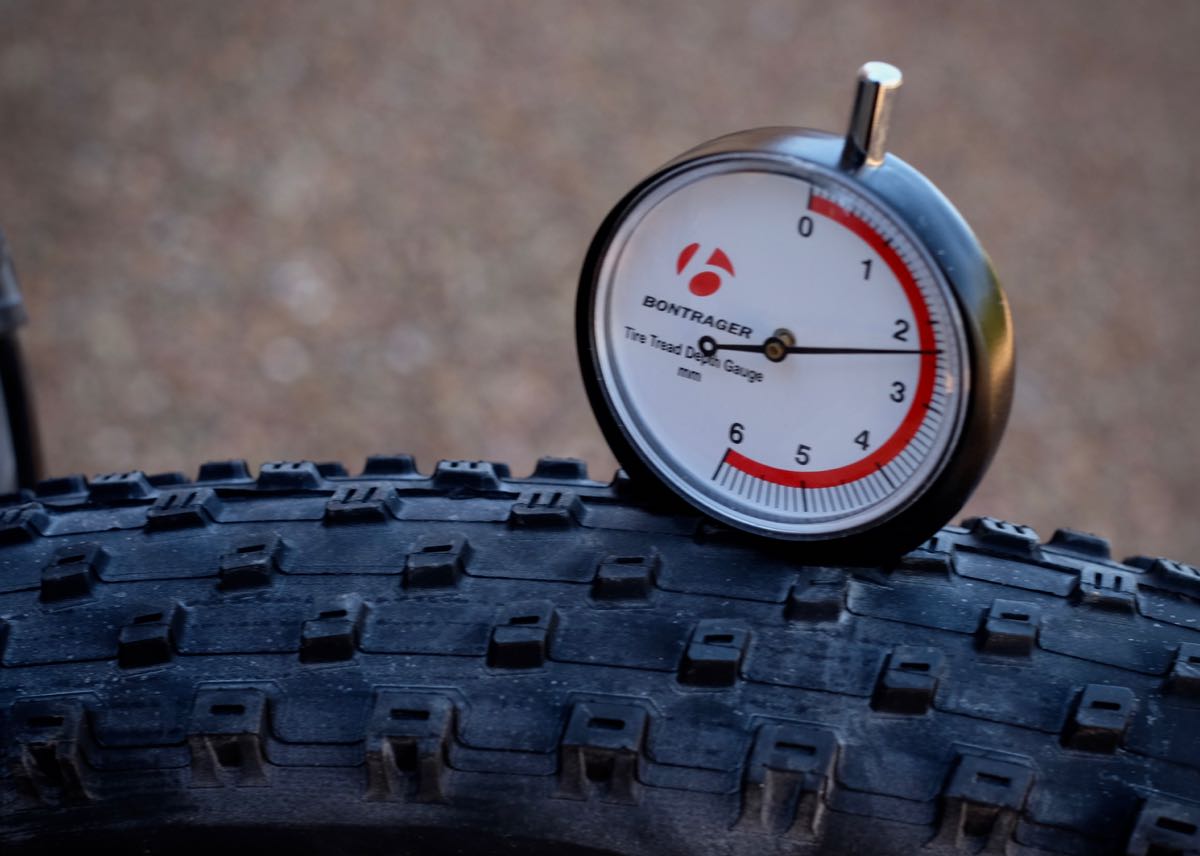Welcome to Tire Tech, Bikerumor’s mostly-weekly series on bicycle tires. Like our Suspension Tech and AASQ series, we take your questions about tires, whether it’s road, cyclocross, fat, plus, gravel, or mountain bike, and get answers from the brands and people behind them.
In the last few editions of our Tire Tech series, we discussed knob patterns and how much engineering goes into the perfect tread design. Part of the process includes complex rubber compound formulas created to produce the grip and speed riders demand. The durability of that compound determines how much fun you get to have before buying your next set of treads.
Every rider has at some point burned into a turn only to realize their tires are—worn out. A cooked tire brakes poorly, feels sketchy in a hard lean, and spins wildly when grinding up steep climbs. You might be able to get away with thin rubber when conditions are tacky, but once the trail gets dry and loose, it’s obvious when you have ridden past your tires’ expiration date.
How & why to measure mountain tire tread depth

For most riders, the only way to gauge tread wear is to eyeball the knobs and try to remember what they looked like on day one. A more accurate way is to use something like the new Bontrager Tire Tread Depth Gauge. It’s a simple tool offering an instant assessment of tire life.
By placing the gauge on the tread adjacent to the lug and lowering the unit to plunge the needle, users can instantly determine how much tread remains. A corresponding chart lists all of the tires in the Bontrager catalog for consistent reference…but, obviously, the gauge works on any brand of tire.
For performance pedants, the Bontrager gauge provides repeatable readings so riders can assess the precise moment when their favorite tire is about to fade beyond an acceptable range. As a shop tool, it helps bike mechanics convey the need to replace a worn tire beyond the typical, “Dude, your tires are shot. Gimme another $150.”

The real advantage of the gauge to the consumer is having the ability to measure the tire’s life cycle as it wears down. Although it’s seldom designed into the product, the degredation in a tire’s performance as it wears is not always linear. Some tires begin to struggle shortly after the first 10-15% of the tread is worn down. Others soldier on until the bitter end when the last of the rubber gives up the ghost. Which means if you always run the same tires on your bike, taking routine measurements and performance notes in a journal will help you learn when your favorite tires should be replaced.
The Bontrager gauge retails for $24.99 and is one of few designed specifically for mountain bikes…but you’ll have to ask your Trek dealer to order you one because, for now, it’s sold as a shop tool for dealers. But there are a number of options on Amazon ranging from cheap $5 plastic sticks to more expensive digital options. Whichever you choose, the gauge helps riders know when their favorite tire has given up its best miles, and certainly their last. It can not only save riders from un-fun days squirming around on the trail, but it could also prevent catastrophic tire damage. Or, you could always go with the shop guy’s assessment, “Dude, you need new tires.”
Pumped on this? Got a tire-related question you want answered? Email us. Want your brand or product featured? We can do that, too.
